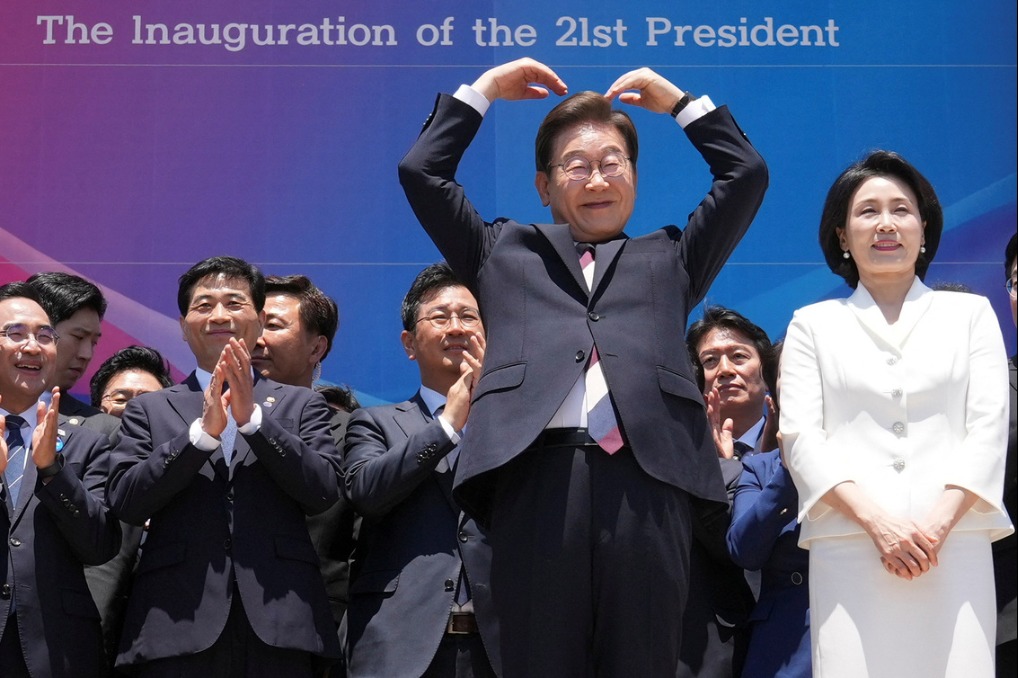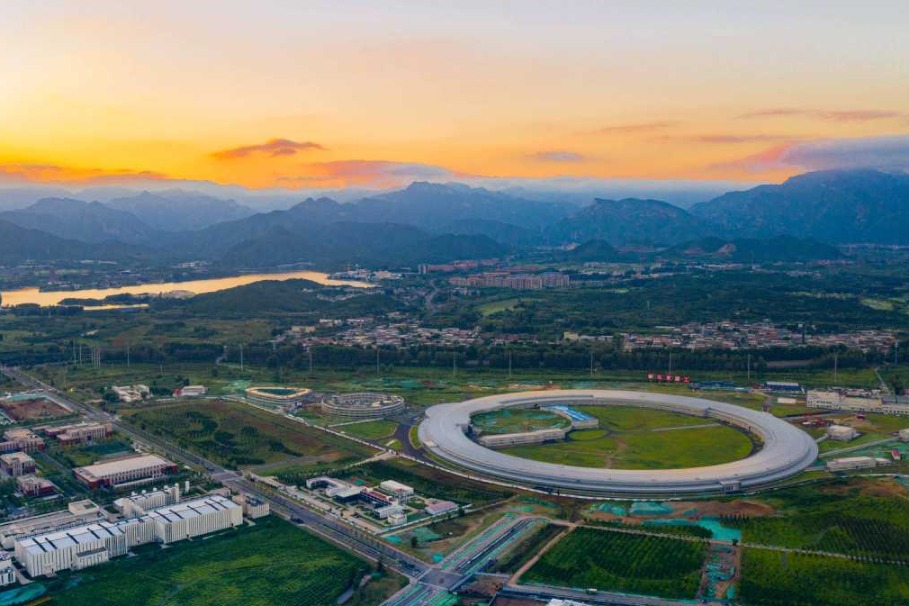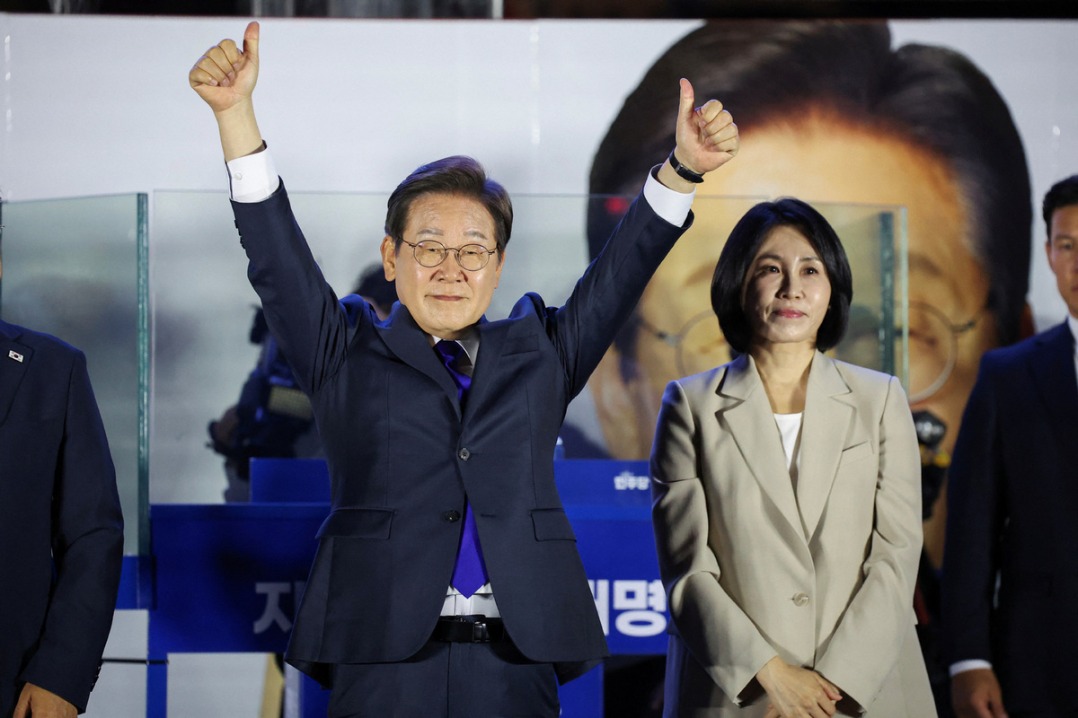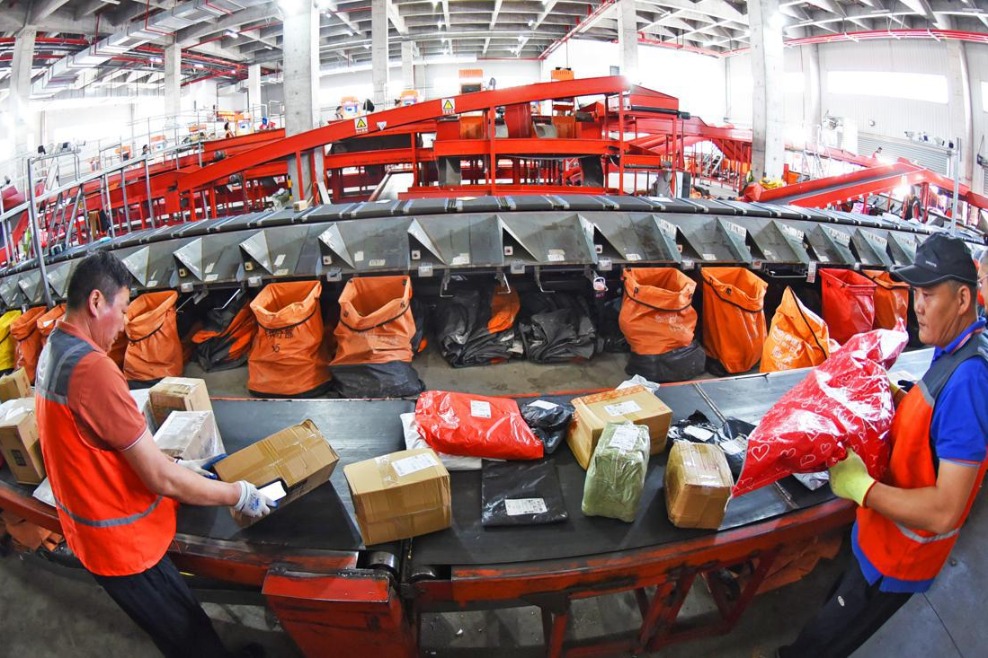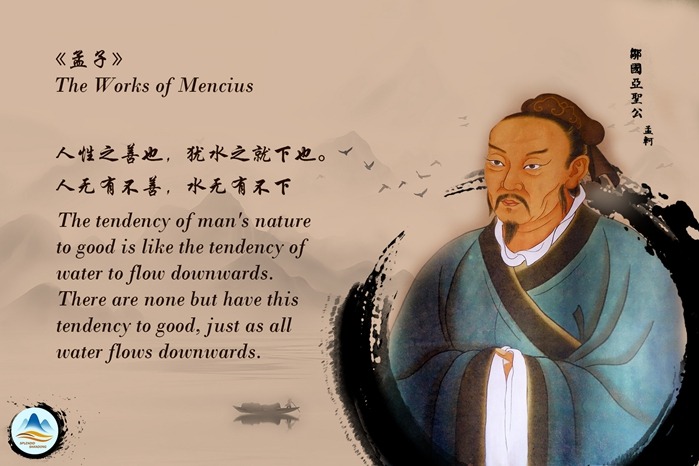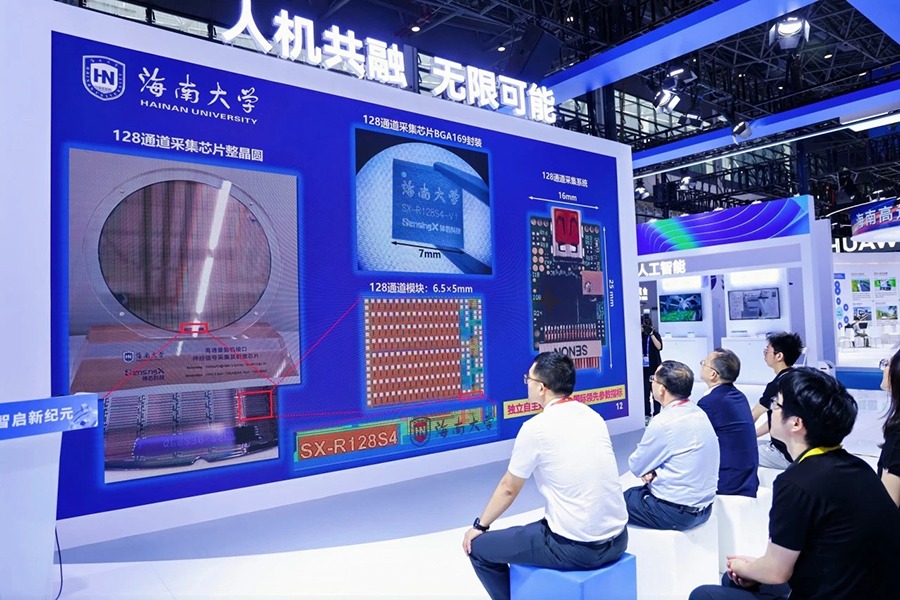US' actions on Xinjiang harm local, global economies


Last week, the US Senate passed legislation banning the import of food from China's Xinjiang region. The talks on sanctions had been going on for several months, and the development of the situation gave rise to hope the United States would abandon this unreasonable step, proceeding from the interests of the economies of its partners. But the voice of reason was too quiet, and the decision was still made.
The Americans explain their decision by the "genocide" of the Uygurs, allegedly carried out by Chinese authorities in the Xinjiang Uygur Autonomous Region of the PRC through the use of "forced labor." The Senate is hypocritically claiming the law would create a "rebuttable presumption" if goods produced in Xinjiang are manufactured using forced labor, and are therefore prohibited by the Tariffs Act of 1930 unless otherwise approved by US authorities. Moreover, both Republicans and Democrats have demonstrated unprecedented unanimity on this issue, demanding the sanctions be put into effect as soon as possible and thus "save" the Uygur population from "slavery", but in reality from the opportunity to earn their own labor.
To put it simply, American companies are prohibited from purchasing Chinese cotton, just as Chinese tomatoes were previously banned. A similar approach has been taken with China-based Hoshine Silicon Industry, which specializes in solar panel materials. American analysts estimate approximately 45 percent of the world's crystalline silicon supply comes from the XUAR.
The US is trying to hide behind the rights of national minorities, but by all indications, this is unscrupulous competition. The fact is the United States is one of the largest exporters of cotton (15 percent of world volume), and it is extremely profitable for them to remove Chinese products from the market.
This isn't the first time the US has gouged prices for certain types of raw materials, on which many countries depend. For example, in 2017-2019, the United States banned its companies from imports of raw materials from Turkmenistan and Uzbekistan, as a result of which world prices for this product rose went up by a factor of one and a half. It's not hard to guess how this was beneficial for American manufacturers. Subsequently, the ban was relaxed, but prices remained at the same level.
Some "select" countries also benefit from the games played by Americans. In short, the rights of the Uygurs have nothing to do with it. Washington is simply working out a traditional scheme. Everyone sees and realizes it, but dutifully follows their instructions from across the ocean.
China is the world's largest consumer of cotton and the world's second-largest producer. According to the China Grain Reserve Fund, cotton production in Xinjiang reached 5.2 million tons in 2020-2021. Cotton accounts for about 87 percent of domestic production and about 67 percent of domestic consumption. Xinjiang is rich in natural resources, and Xinjiang long staple cotton from the Aksu region is a rare product, which is why it is very popular at home and abroad. Cotton produced in Xinjiang is distinguished not only by its high density and hygroscopicity, but also by its ability to withstand high temperatures.
By spreading lies, the American side is using its influence. Europeans stand at attention in front of Washington and do not dare object, although there is quite a lot to object to. Perhaps in the West they simply do not know the true state of affairs. Or do they not want to know? In fact, Xinjiang has minimized manual labor during cotton picking. According to the regional Agricultural Administration, the automated cotton picking rate in the area in 2020 reached 69.83 percent. In particular, in northern Xinjiang, 95 percent of cotton is harvested by machines. The claim 70 percent of Xinjiang cotton is harvested by hand is completely untrue.
China has previously expressed its outrage, calling statements about the use of forced labor in Xinjiang a lie fabricated by the United States.
The United States manipulates inaccurate information and spreads outright lies, on the basis of which it exerts pressure on the departments and enterprises of Xinjiang.
Some global brands such as H&M, Nike, Adidas and Uniqlo have abandoned the use of Chinese cotton. These actions call into question the well-being of the Uygur population of the region, depriving them of the right to work. But this February, Chinese President Xi Jinping announced victory over extreme poverty in the country.
Today's Xinjiang is a vivid example of this. From 1978 to 2018, per-capita income grew 100 times, and the average life expectancy has increased from 30 years in 1949 to 72.3 years today. Like any minority living in China, Uygurs have enjoyed a number of advantages. For example, Uygur families had the opportunity to have two children in cities and three in rural areas, in contrast to the main population of the country. Uygur high school graduates can more easily score points for university admission, and many state-owned companies are required to recruit representatives of non-majoirty nationalities, including Uygurs. So it is not clear what kind of oppression is being talked about.
Educational centers created for the local population are also aimed at improving the well-being of the Uygurs. This area of China was characterized by mass illiteracy and a patriarchal lifestyle, which in the modern era leads to poverty. Thanks to the programs implemented here, the situation has changed radically.
There is another important point those trying to put pressure on the PRC should take into account — China is not defenseless. The second-largest economy in the world, which has a gigantic trade and economic network, can give a commensurate response. For example, Swedish retailer H&M faced a drop in sales as a result of a Chinese boycott in March in response to the cotton boycott by the brand. H&M sales in China in the second quarter of 2021 fell from $263 million to $189 million, a decrease of 28 percent in Swedish kronor and 23 percent in local currency compared to the same period last year.
Before the boycott, China was the third-largest market for H&M, after the United States and Germany.
H&M said in September 2020 it did not work with clothing factories located in Xinjiang Uygur Autonomous Region. The announcement prompted a boycott of H&M in March 2021, and the retailer's merchandise was removed from all major Chinese e-commerce platforms, including JD.com, Pinduoduo and Taobao. Also, some celebrities broke contracts with H&M, and landlords closed the chain's retail outlets. At the moment, 10 H&M stores in the PRC remain closed. The Chinese also boycotted other brands that issued similar statements, notably Nike, New Balance, Adidas and British luxury brand Burberry. With the beginning of the boycott, businesses behaved differently. Some, like Inditex (owner of Zara), have removed or changed their statements about Xinjiang. Others, including VF Corp (manufacturer of North Face, Vans and Timberland), have confirmed their position.
Despite all the risks, the Senate passed the law. Once adopted by the House of Representatives, it will be submitted to President Biden for signature. It can be assumed with almost 100 percent probability the document will be endorsed in the White House. The maniacal consistency with which Washington is acting in the direction of undermining the world's second economy and eliminating a competitor is stunning. But the United States should take into account China is a powerful country, and a symmetrical Chinese response could negatively affect the entire world economy.
The author is director of the international expert club EurAsiaAz and editor-in-chief of Azerbaijani news agency Baku Tribune.
The opinions expressed here are those of the writer and do not necessarily represent the views of China Daily and China Daily website.
If you have a specific expertise, or would like to share your thought about our stories, then send us your writings at opinion@chinadaily.com.cn, and comment@chinadaily.com.cn.
















